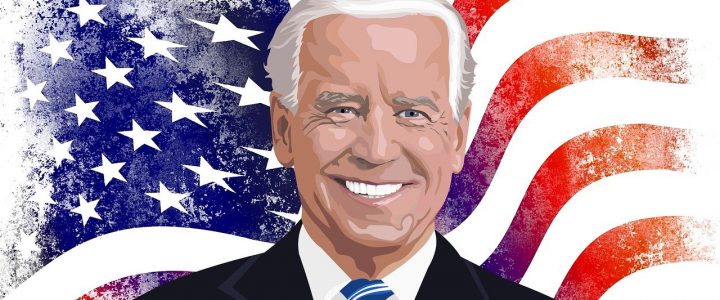Dog days of summer have arrived. For 2020, it feels like the dog days arrived in March. From the moment the pandemic began to spread, to stay-at-home orders, to lock-downs, to protest rallies, to reopening phases, and back to more restrictions… what a year, and we are only halfway home. Didn’t even mentions the murder hornets! Let’s take a minute to catch our breath and see where we have been, where we are, and where we will go. Currently, we are in the midst of earnings season. Big name stocks will report second quarter earnings this week. Last week the main indexes finished mixed. The Dow up 2.3%, S&P up 1.25%, and Nasdaq down 1.1%. The S&P 500 outperformed the Nasdaq index by the widest margin since February 2016. The markets were mainly buoyed by progress of a virus vaccine.
What Happened?
The year started off strong through mid-February. Early cases and the fast spread of the coronavirus took hold in Asia and quickly jumped country borders to become a worldwide pandemic. Just about a month from the market peak in February came the market lows in March, a 33.9% drop for the S&P index. In just a few weeks, the U.S. economy erased 7 years of employment gains. 30 million Americans lost jobs, driving unemployment as high as 22% in April. By June, the unemployment rate hovered around 14%. Still extremely high, but significantly lower from 2 months prior.
In March, the Fed stepped in and provided a backstop to the equity markets. Stabilizing and possibly adding turbo to the economy via stimulus for individuals and businesses. The pandemic accelerated tech disruption. It changed how companies reach consumers, how supply chains work, how to deal with remote employees, and still build their brands.
Where Are We Today?
Year-to-date index performance; Dow down 6.54%, S&P down 0.2%, and Nasdaq up 17.0% through the close on Friday. Last week, Treasury Secretary Mnuchin said the Trump administration and Senate leadership are discussing a new stimulus bill. The end of July is the target time frame as the previous stimulus benefits are ending. The housing market reports are exceeding expectation. Current metrics show a shortage of existing home inventory, limited housing labor to build new homes, and a shortage of entry level homes for the first time home buyer. Historically low mortgage rates help boost the housing demand. Labor income across the board is surging and consumer spending is rebounding.
The markets are in fairly good position today. Much of the strength is attributed to the Fed and swift implementation of monetary policy. With interest rates near zero, investors are willing to pay for future earnings. Growth stocks have done well, value stocks have lagged. When the economy improves and interest rates rise, growth stocks will be challenged by high valuations. Communities have begun to re-open. The U.S. seems to have chosen independence over lock-down. This has led to a recent uptick in coronavirus cases. Deaths due to the virus have decreased as health care has gotten smarter about how to handle symptomatic cases. The resurgence of hiring and end of mass layoffs indicate the job market is recovering. While the decreasing layoffs and increasing hires offer hope, the reopening process has been trending in the wrong direction.
Where Are We Going?
It’s election season. From here on out, politics will headline media reports. Snippets and quotes from leadership on both sides will sway the markets. Bigger than the election is the Fed’s actions. Interest rates are low and likely to remain low for a very long time. This creates a scenario of easy lending and the opportunity for trillions of dollars to remain invested in the market. The future months will measured by the resurgence of the coronavirus, how quickly a vaccine can be developed, another round of monetary stimulus, and the upcoming election. If you thought the first half of 2020 was a roller coaster, the second half might be just as wild! Take care and be safe.
Market Brief’s are taking a summer hiatus, see you at the end of August!
Click here if you would like to learn more about your options and if we can assist you with your wealth management, investment, and retirement planning.
This website is for informational purposes only and is not intended to be specific advice or recommendations. For specific advice or recommendations you would need to meet directly with one of our advisers.



